emDOCs Revamp: Alcohol Withdrawal
EMDocs
DECEMBER 18, 2024
2015; 17(6): 1-19. fold higher risk of NSTI than the control group 12 For those without comorbidities , AUD exhibited a 15.2-fold fold higher risk of NSTI than the control group 12 For those without comorbidities , AUD exhibited a 15.2-fold Br J Addict. 1989; 84(11): 1353-1357. Yanta J, Swartzentruber G, Pizon A. Emerg Med Pract.




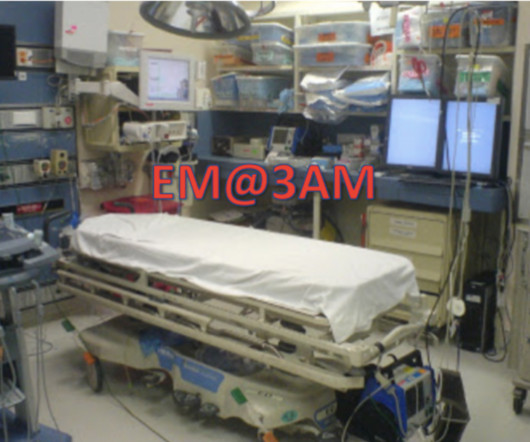





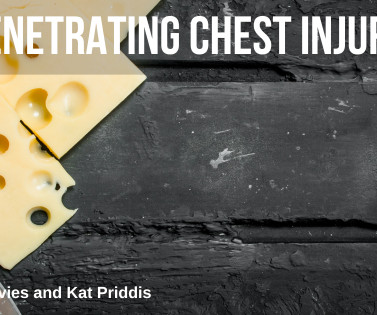

















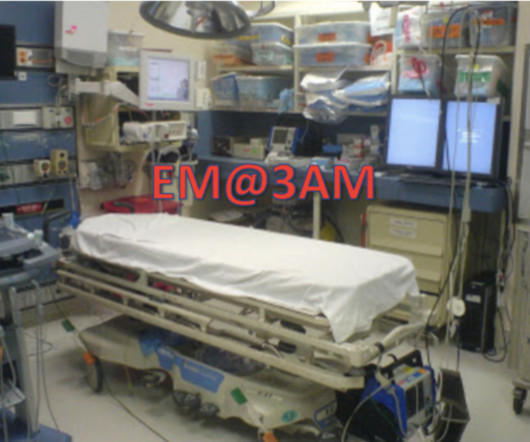







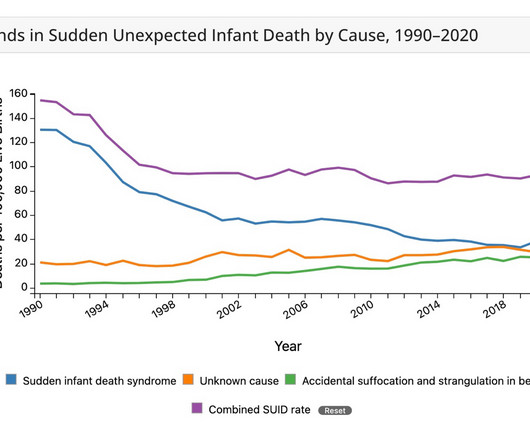






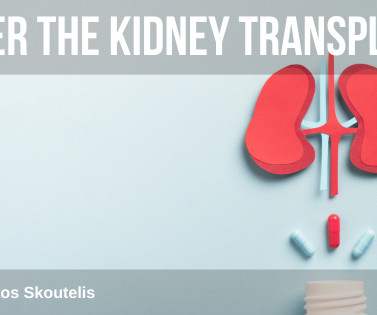







Let's personalize your content